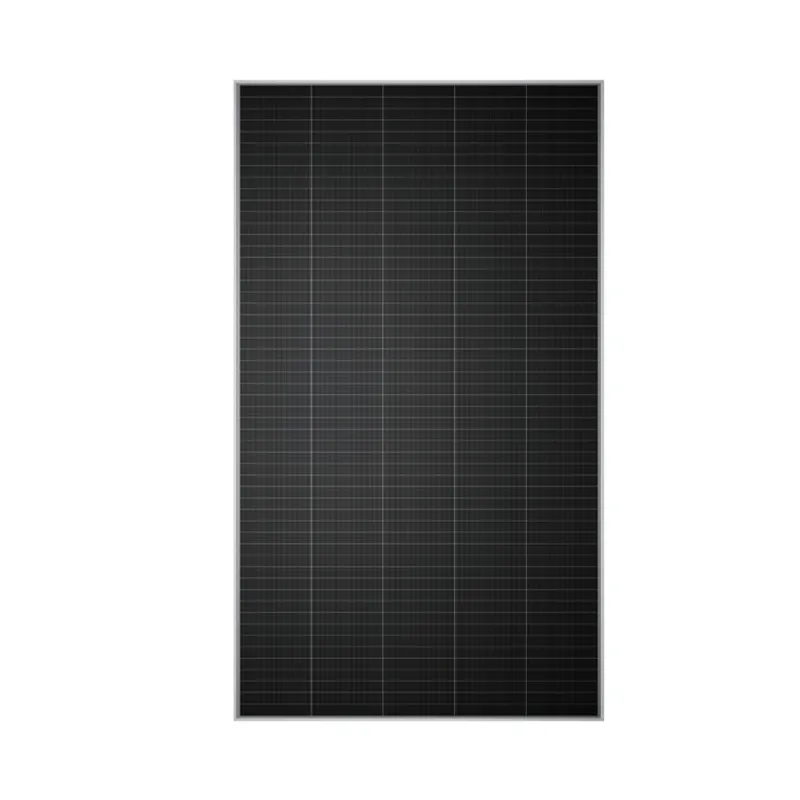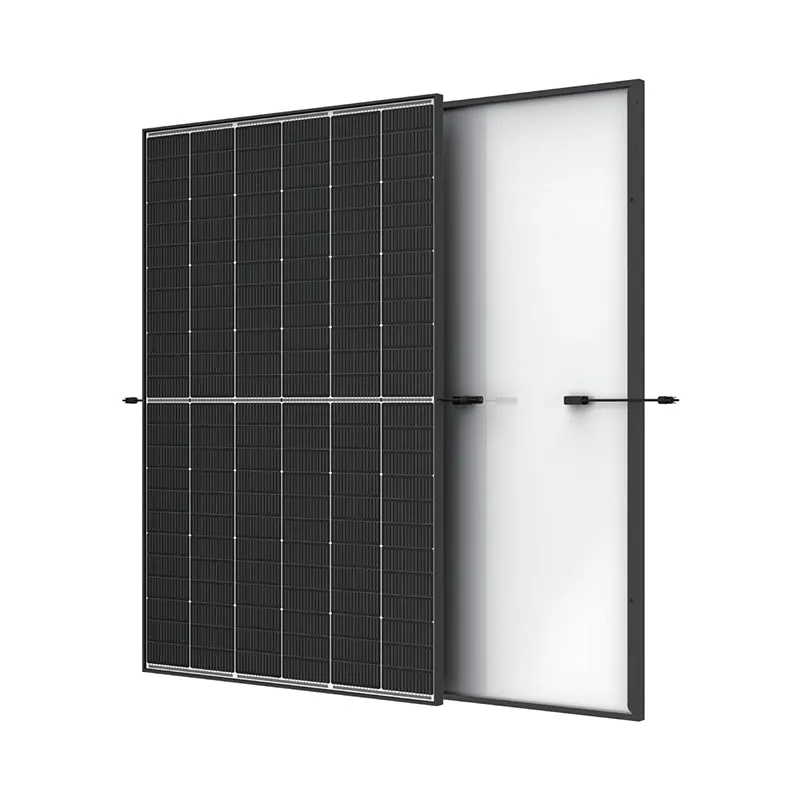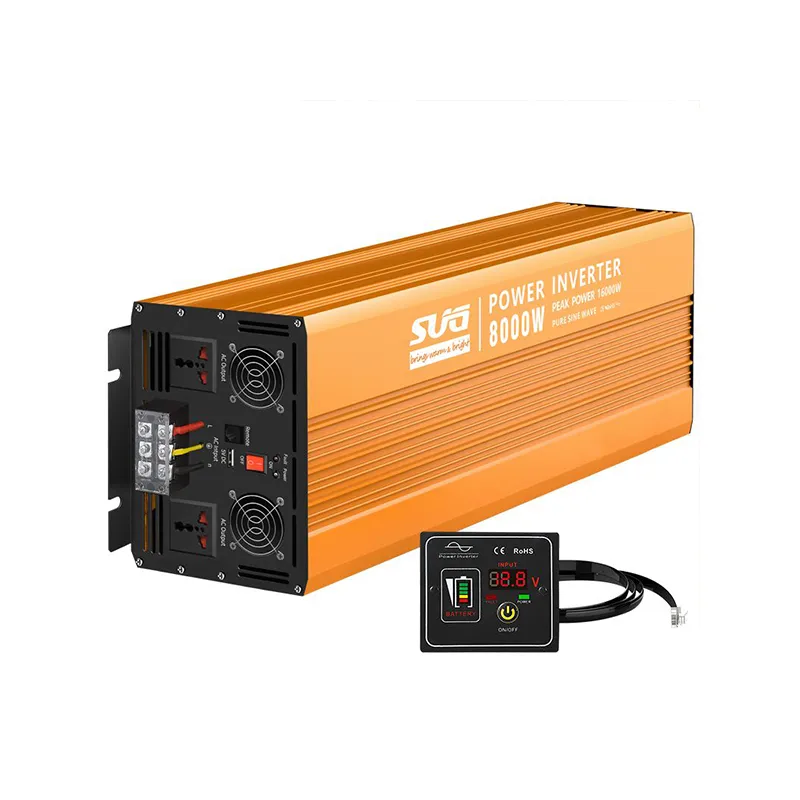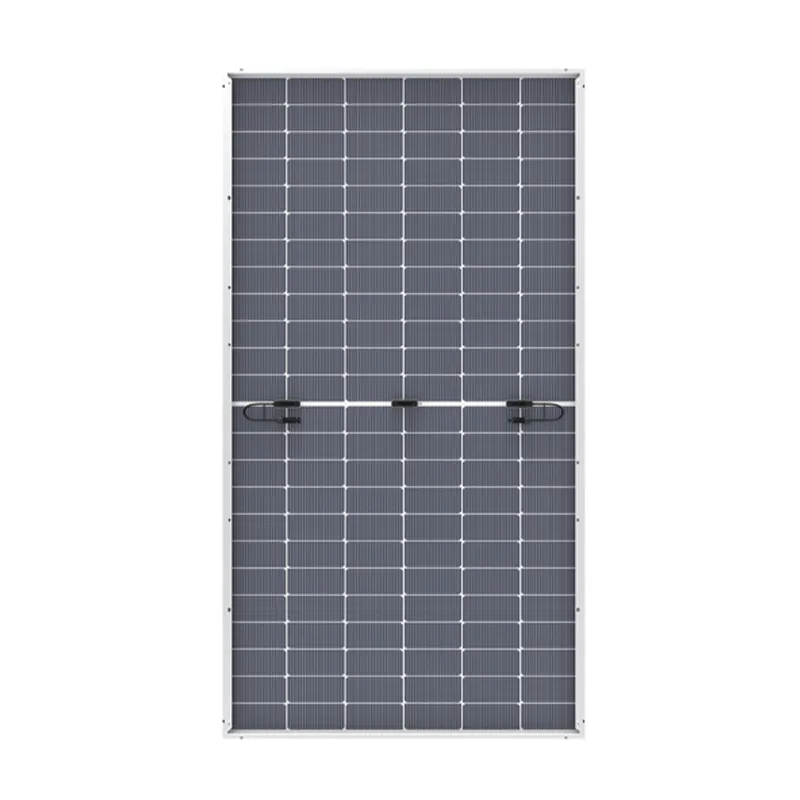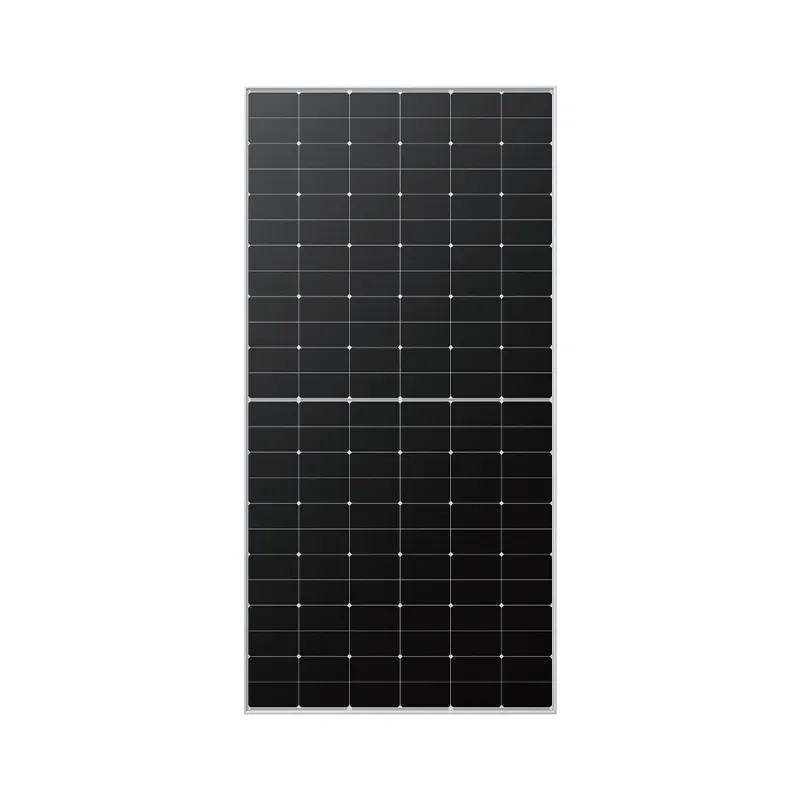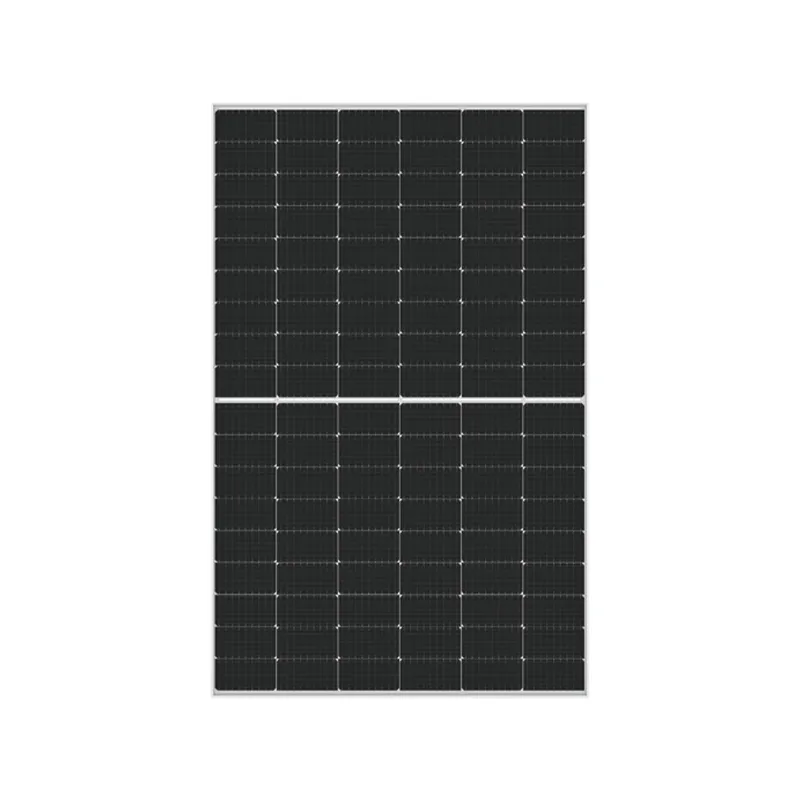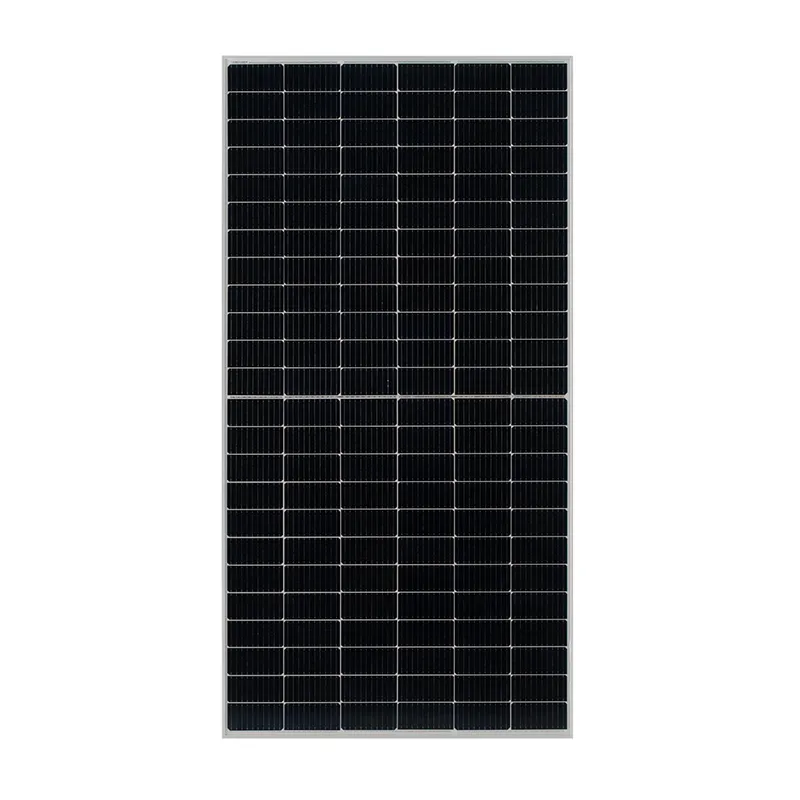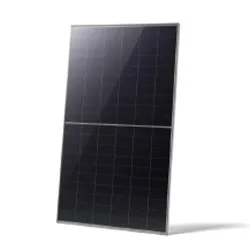String Solar Inverter: The High-Efficiency Solution for Smart Solar Energy
When it comes to achieving superior solar system performance with maximum ROI, the string solar inverter stands out as a high-efficiency, reliable, and scalable solution tailored for modern energy demands.
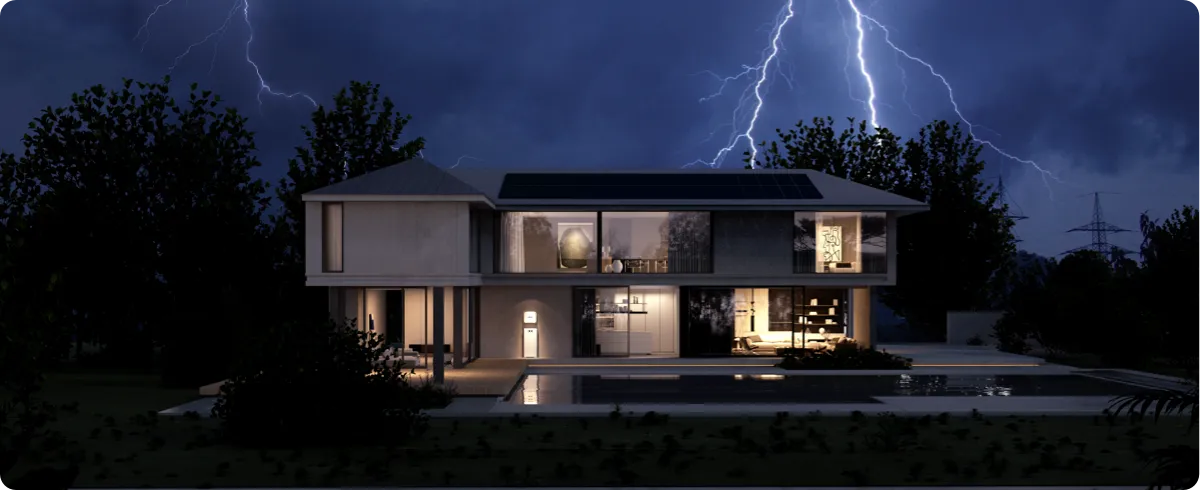
The Difference Between String Solar Inverter and Centralized Inverter Systems
Choosing between a string solar inverter and a centralized inverter is crucial to optimizing your solar energy setup. While centralized inverters process energy from an entire solar farm into a single unit, string solar inverter systems break down solar arrays into multiple independent strings, each managed by its own inverter.
This architecture allows the solar string inverter to mitigate energy loss caused by partial shading or varying panel orientations—issues that often compromise the performance of centralized systems. For instance, if one panel in a centralized setup underperforms, it can drag down the output of the entire array. In contrast, with a string inverter solar setup, only the specific string is affected, preserving the system’s overall productivity.
Các solar string inverter is ideal for medium-sized commercial applications and distributed rooftop installations, where its modularity ensures easy scalability and fault isolation. Maintenance becomes quicker and safer, while real-time diagnostics allow for proactive servicing—features that centralized systems often lack.
Efficiency and Performance Analysis of String Inverter Solar Solutions
The efficiency of a string inverter solar lies in its ability to dynamically optimize power conversion for each independent string. Thanks to multi-point MPPT (Maximum Power Point Tracking), the string solar inverter adjusts in real-time to capture the maximum energy output from each string, regardless of external conditions.
Today’s advanced solar string inverter models boast conversion efficiencies exceeding 98.5%, with robust thermal management systems and wide input voltage ranges. This allows them to operate at peak capacity even in extreme weather conditions, from freezing winters to scorching summers. Unlike traditional designs, modern string inverter solar units come with intelligent cooling, internal surge protection, and grid-supportive features such as reactive power control.
This efficiency makes the string solar inverter especially attractive to residential users and solar developers who need to optimize returns while maintaining system stability. Additionally, the compact design and wall-mount capabilities of most units save valuable installation space, making them a preferred option among many solar string inverter manufacturers.
String Solar Inverter vs. Micro Inverter: A Feature-by-Feature Comparison
While micro inverters offer panel-level control, the string inverter solar brings better value in terms of efficiency and cost when scaled beyond a few panels. A micro inverter is best suited for small residential installations with complex shading issues. However, once the system grows to 8 or more panels, the string solar inverter becomes the more efficient and economical option.
A key benefit of the solar string inverter is its simplified wiring, which reduces installation time and material costs. Additionally, string solar inverter units handle power aggregation better and with fewer points of failure compared to the numerous micro inverters required for the same output.
When performance monitoring and firmware upgrades are necessary, the centralized logic of the solar string inverter ensures faster updates and diagnostics. Micro inverters, by contrast, require network-wide synchronization, which can delay issue detection. Therefore, the string inverter solar excels in delivering long-term operational reliability without the overhead costs often associated with micro inverter systems.
Leading Solar String Inverter Manufacturers and Their Role in Innovation
The surge in demand for high-efficiency solar energy solutions has driven top solar string inverter manufacturers to develop increasingly intelligent systems that support remote control, hybrid capabilities, and even EV charging integration. Brands known for innovation have improved the lifecycle of the string solar inverter with IP66-rated enclosures, advanced circuit protections, and AI-based fault detection.
These improvements aren’t just technological; they’re also economic. As solar string inverter manufacturers continue to drive down production costs through automation and global supply chain optimization, the market price of the string inverter solar system has become increasingly competitive—even more so when compared to the labor and material costs associated with micro inverters or centralized systems.
Moreover, many solar string inverter manufacturers are committed to regulatory compliance and sustainability standards, ensuring that the products you purchase are compatible with global grid codes and green certifications. This positions the string solar inverter as the go-to solution not only for environmental responsibility but also for long-term financial gain.
String Solar Inverter FAQs
What is the key difference between a string solar inverter and a centralized inverter?
A string solar inverter controls and optimizes individual strings of solar panels, improving performance and fault isolation. Centralized inverters manage large solar fields but are more vulnerable to shading and equipment failure.
How efficient is a solar string inverter compared to other types?
Modern solar string inverter models offer over 98.5% conversion efficiency, with MPPT tracking, thermal management, and real-time diagnostics that outperform older inverter types.
Should I choose a string inverter solar or micro inverter for my rooftop system?
For small systems with irregular shading, micro inverters may be suitable. However, if your installation has 8 or more panels, the string inverter solar offers greater efficiency and lower long-term costs.
Are solar string inverter manufacturers producing hybrid inverters?
Yes. Leading solar string inverter manufacturers now offer hybrid units that support battery integration, EV charging, and smart home connectivity—ensuring compatibility with evolving energy needs.
Can I scale a string solar inverter system as my energy needs grow?
Absolutely. One of the advantages of a string solar inverter is its modularity. You can add more inverters and strings without disrupting the existing system, offering future-proof scalability.
-
Revolutionizing Rooftop Energy with the Power of the Micro Solar InverterTin tứcJul.14,2025
-
Power Independence with Smart Off Grid Solar Inverter SolutionsTin tứcJul.14,2025
-
On Grid Solar Inverter: Powering the Future with Smart Grid IntegrationTin tứcJul.14,2025
-
Monocrystalline Solar Panels: High-Efficiency Power for the Future of Clean EnergyTin tứcJul.14,2025
-
Bifacial Solar Panel: A Smarter Investment for Next-Generation Energy SystemsTin tứcJul.14,2025
